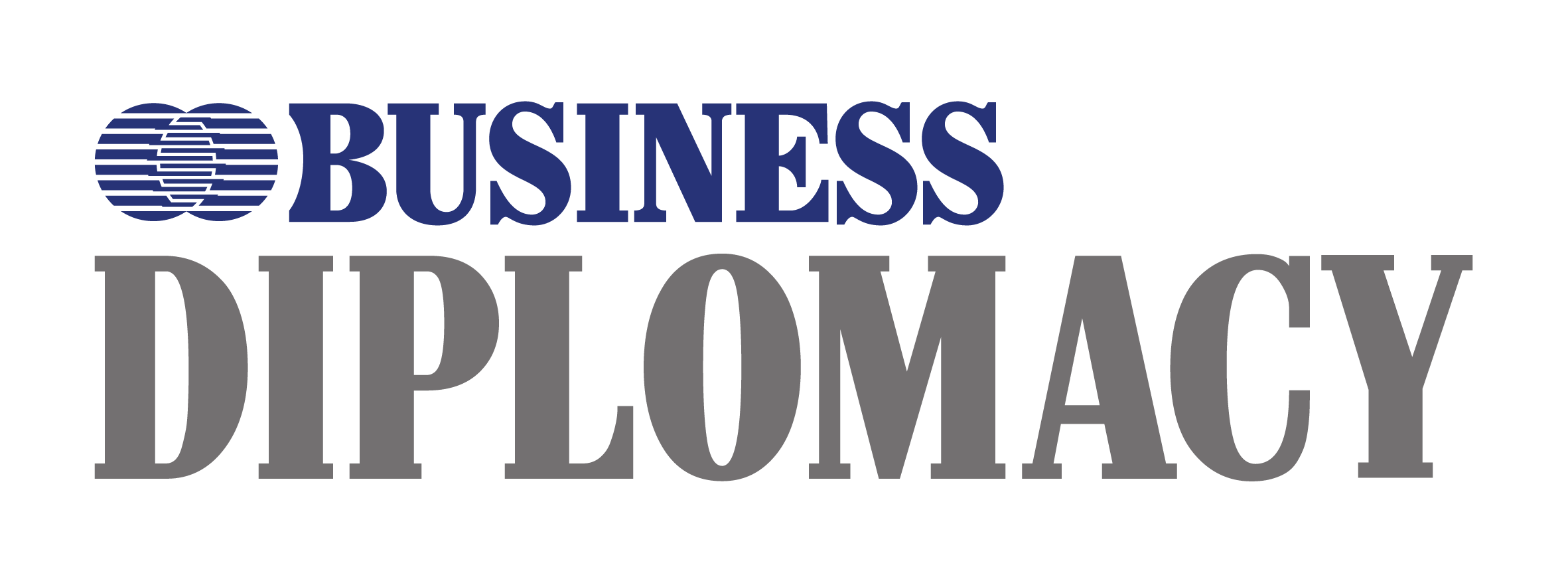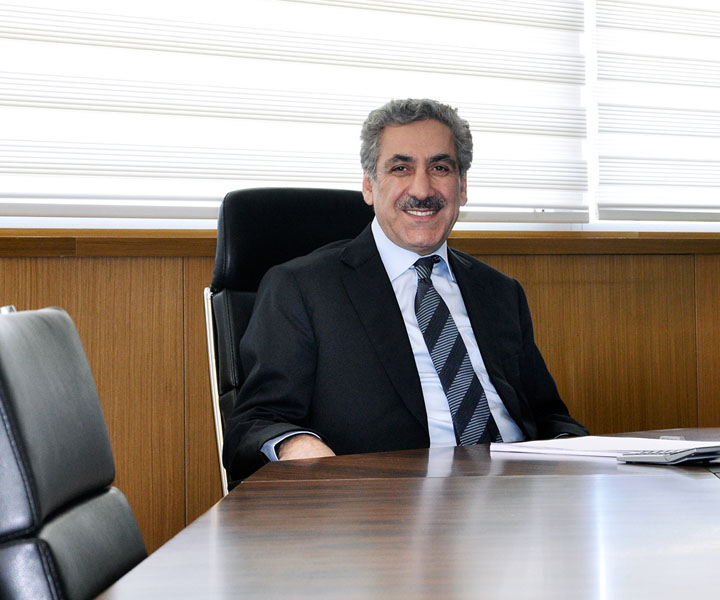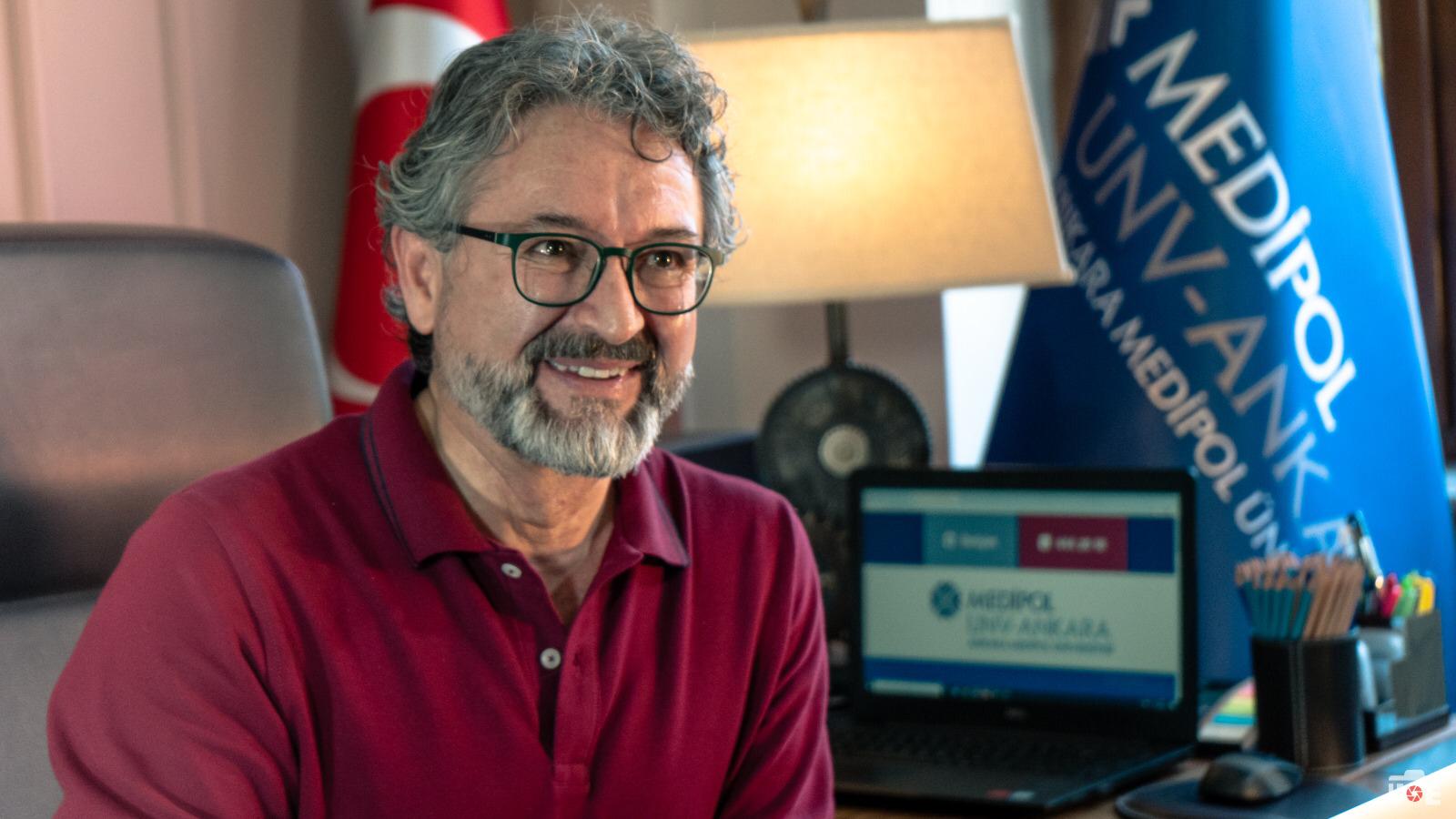Changes in Health Education Following the Pandemic Process
A global pandemic is expected to be a disaster by nature, bringing the end of certain concepts and situations, and laying the groundwork for new beginnings. Considered to be the “new normal”, the process has led to new paradigms in the field of education as expected.
The chaos caused by the coronavirus pandemic has produced results that disrupt systems and trigger disorder all over the world and in all areas of life. This chaotic effect has caused a series of social, political and economic instability leading to hot wars. Similarly, the measures taken to prevent the spread of the virus during the pandemic period led to difficulties in all education systems, and particularly health sciences education, which is an applied science field, got subjected to great negative side effects as a result.
As an outcome of the pandemic restrictions, face-to-face education practices have been replaced by distance education methods. The deficiencies in technological infrastructure required for the sustainability of live online education by educational institutions that were caught unprepared for this situation made it difficult to reach learning goals, educational outcomes in particular. Moreover, very critical deficiencies have been identified in the areas of sharing educational materials, data security, and the validity and reliability of assessment and evaluation.
The first goal of education is to provide students with access to information or information resources, and the second is to provide the students with the skills and practical capabilities related to the field in which they will specialize. Today, accessing information has become very easy in the internet environment. Much more than the information that the teacher can give in the classroom environment can be quickly accessed on the Internet from anywhere, via different means of transportation, including mobile phones. The process of accessing information during the pandemic period, provided that there is sufficient internet infrastructure, did not suffer any significant damage, and in the aforementioned sense, it provided the opportunity to experience and learn to be more effective than accessing information in the classroom. However, clinical practice or skill acquisition, which is the secondary goal of health science education, has been greatly damaged during the pandemic period.
Achieving the goal of reaching pure information in the learning outcomes of the education offered in the field of health sciences will not suffice. At the same time, it is aimed to offer sufficient clinical experience and to have practical skills developed. Between the 2019-2021 academic years, when the pandemic was in effect, students receiving education in the field of health sciences had skill deficiencies due to their lack of professional requirements and field experience.
The graduates of the said period, which can be defined as “Pandemic-period graduates” or “Pandemic generation”, cannot be successful in their professional life because they graduate without having the necessary and sufficient skills in their fields of health, and they try to make up for their deficiencies through courses and similar institutions other than formal education.
Patient contact and clinical practices are very critical in order to achieve the necessary educational goals in the field of health sciences education such as Medicine, Dentistry, Physiotherapy and Rehabilitation that have direct contact with the patient and this has been interrupted during the pandemic period. On the other hand, technology-based education, the use of simulation laboratories, video case examples, telemedicine and similar applications were followed as alternative education methods in the education of health sciences. In clinical applications, it has been observed that simulation training is effective in learning clinical procedures and helps to develop knowledge and skills.
The future of education in the field of health sciences, which is undergoing a transformation after the pandemic process, still remains uncertain. In light of the view that emerged at the end of the process, it can be said that it is possible to experience significant changes in two interconnected areas and as a matter of fact, studies have been started in these areas. The first of these areas constitutes one of the basic transformative components of medical and health sciences education, through the optimal creation and access to internet-based environments that may be used in accessing information resources, the development and effective use of the existing infrastructure. Thus, it will be easier for learners to access information, and the instructor in the classroom will help them develop the skills of using information effectively as a mentor, rather than just being a source of information. In this direction, the students will be able to take on their education processes on their own, gain learner autonomy, and develop a critical point of view while being self-sufficient.
Another significant change requirement that needs to be followed carefully by the stakeholders of the pandemic is the necessity of implementing the infrastructures of clinical application simulations, which will be used instead of contact with the patient in the education and training process, through recently developed “real-like” applications such as virtual reality and Metaverse. Remote and online applications such as telemedicine and telerehabilitation, which will positively affect clinical education, should be further expanded in health education.
Through the efficient and uninterrupted transition from theory to practice in health sciences education, students need to get equipped in terms of vocational qualifications. For this reason, education methods in health science fields are being reviewed now following the pandemic process. Educational materials should be rearranged, process-oriented assessment and evaluation tools should be applied in addition to result-oriented assessment and evaluation, the use of education and information technologies should become more frequent, and research and applications for the development of technological infrastructure should become widespread.
It has been revealed that the pandemic process, a very critical health event, directly and indirectly, affects the field of health education, and in this context, it is necessary to make radical reforms and strategic planning in order to ensure continuity in education under all circumstances. The pandemic surely has brought many changes and innovations all over the world. A great deal of experience has been gained in this process and it is expected that the relevant results will emerge with greater changes in the near future.
Prof. Dr. Ahmet Zeki Şengil
Vice Chairperson of DEİK Higher Education Business Council
Rector of Ankara Medipol University




